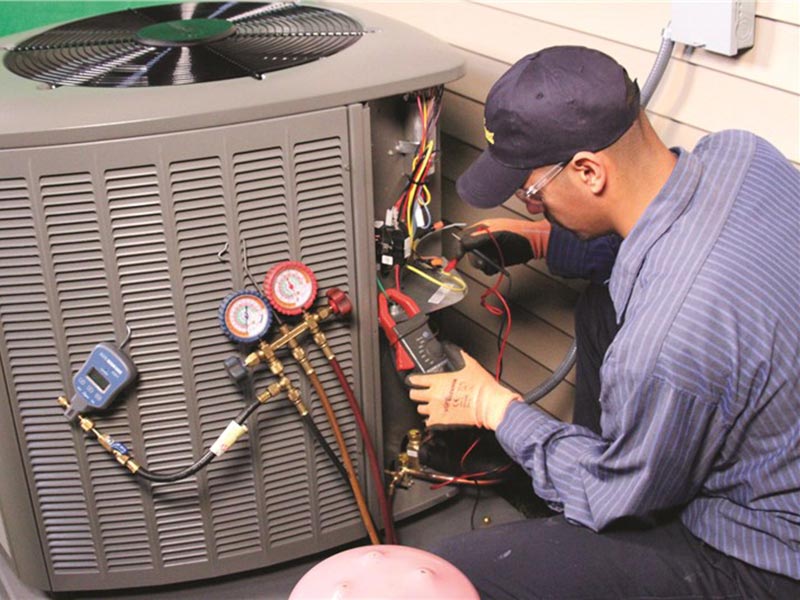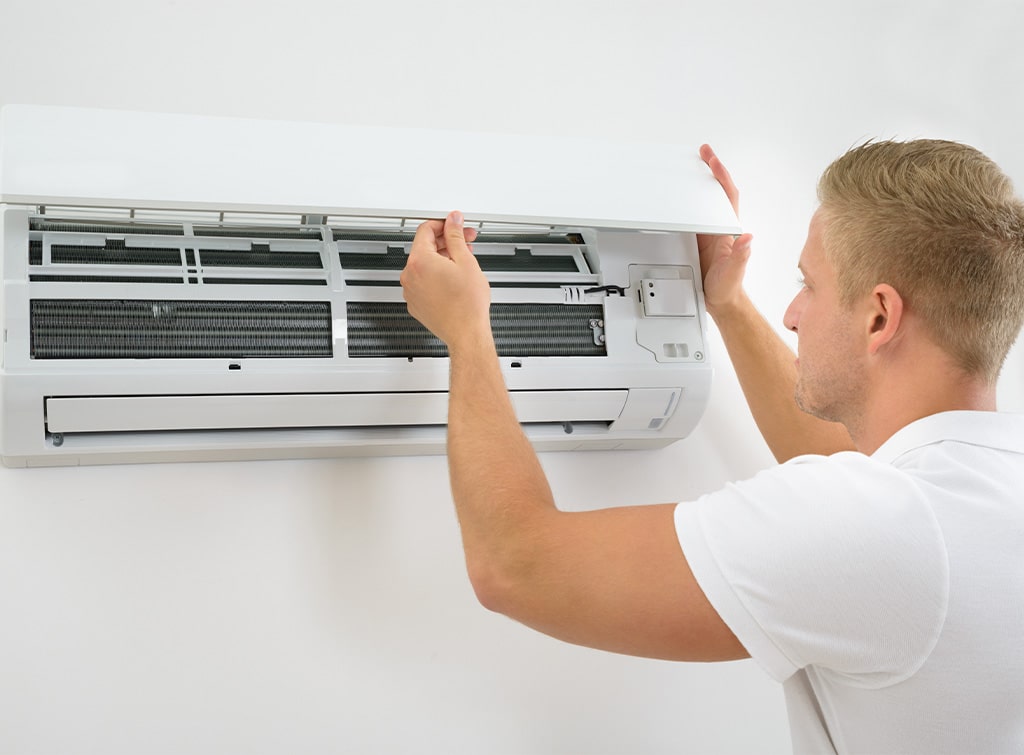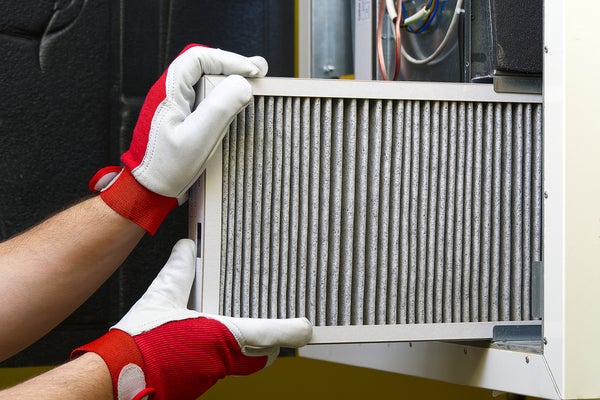
Is your air conditioner struggling to keep up? Are you noticing strange noises, rising energy bills, or inconsistent cooling? If so, it might be time for an air conditioner replacement. While the thought of replacing your AC unit can be daunting, it's often a necessary step to ensure your home remains comfortable and energy-efficient. This guide will walk you through everything you need to know about replacing your air conditioner, from recognizing the signs to choosing the right system.
When to Consider Air Conditioner Replacement
Knowing when to replace your AC unit can save you money and prevent uncomfortable breakdowns. Here are some key indicators:
- Age: Most air conditioners have a lifespan of 10-15 years. If your unit is approaching or exceeding this age, it's likely nearing the end of its useful life.
- Frequent Repairs: If you're constantly calling for repairs, it's often more cost-effective to replace the unit. Frequent repairs indicate that the system is failing.
- Rising Energy Bills: An aging AC unit becomes less efficient, leading to higher energy consumption. If you've noticed a significant increase in your bills, your AC might be the culprit.
- Inconsistent Cooling: If your home has hot and cold spots, or if the AC struggles to maintain the set temperature, it's a sign that the system is no longer functioning optimally.
- Strange Noises or Smells: Unusual noises like banging, rattling, or grinding, or strange smells like burning or mustiness, indicate serious problems that may warrant replacement.
Choosing the Right Air Conditioner
Selecting the right replacement AC unit is crucial for optimal performance and efficiency. Here are some factors to consider:
1. Size and Capacity
The size of your AC unit is measured in British Thermal Units (BTUs). A unit that's too small won't cool your home effectively, while one that's too large will cycle on and off frequently, leading to wasted energy and wear and tear. A professional HVAC technician can perform a load calculation to determine the appropriate size for your home.
2. Energy Efficiency

Look for units with a high Seasonal Energy Efficiency Ratio (SEER) rating. A higher SEER rating indicates greater energy efficiency, which translates to lower energy bills. Modern units have made significant improvements in energy efficiency. Look for the Energy Star label.
3. Type of System
There are several types of AC systems, including:
- Central Air Conditioners: These are the most common type, providing cooling through ductwork.
- Ductless Mini-Splits: These are ideal for homes without ductwork, offering zoned cooling.
- Heat Pumps: These systems provide both heating and cooling, offering year-round comfort.
4. Features and Technology
Consider features like programmable thermostats, smart controls, and variable-speed blowers. These features can enhance comfort and improve energy efficiency. Smart thermostats can be controlled via your phone and can learn your habits to optimize cooling. Variable speed blowers can run at low speeds to maintain a consistent temperature and save energy.
The Replacement Process
Replacing your air conditioner involves several steps:
1. Professional Assessment

A qualified HVAC technician will assess your existing system and home to determine the appropriate replacement. They'll perform a load calculation, evaluate your ductwork, and recommend the best system for your needs.
2. Removal of the Old Unit
The technician will safely remove the old AC unit, including the outdoor condenser and indoor evaporator coil. They will also disconnect the electrical and refrigerant lines.
3. Installation of the New Unit
The new AC unit will be installed, including the outdoor condenser, indoor evaporator coil, and any necessary ductwork modifications. The technician will connect the electrical and refrigerant lines, ensuring proper sealing and insulation.
4. Testing and Calibration
After installation, the technician will test the system to ensure it's functioning correctly. They'll check for leaks, verify proper airflow, and calibrate the thermostat. They will also explain how to use your new system.
5. Maintenance and Upkeep
Regular maintenance is essential for prolonging the life of your new AC unit. This includes changing air filters, cleaning coils, and scheduling annual tune-ups with a qualified technician. Regular maintenance will keep your system running efficiently and prevent costly repairs.
Benefits of Air Conditioner Replacement

Investing in a new air conditioner offers numerous benefits:
- Improved Energy Efficiency: Modern AC units are significantly more energy-efficient, leading to lower energy bills.
- Enhanced Comfort: A new AC unit provides consistent and reliable cooling, ensuring your home remains comfortable.
- Quieter Operation: Newer models are designed to operate more quietly, reducing noise disruption.
- Improved Air Quality: Modern AC systems often include advanced filtration systems, improving indoor air quality.
- Increased Home Value: A new, efficient AC unit can increase the value of your home.
Finding a Reputable HVAC Technician
Choosing a qualified and experienced HVAC technician is essential for a successful air conditioner replacement. Look for technicians with:
- Licensing and Certification: Ensure the technician is licensed and certified in your area.
- Experience: Look for technicians with years of experience in AC installation and replacement.
- Customer Reviews: Check online reviews and ask for referrals from friends and family.
- Warranty and Guarantees: Ensure the technician offers warranties on their work and guarantees on the equipment.
Replacing your air conditioner is a significant investment, but it's one that can provide long-term comfort and savings. By understanding the signs, choosing the right system, and working with a reputable technician, you can ensure a smooth and successful replacement process. Don't wait until your AC completely fails. Take proactive steps to replace your unit and enjoy the benefits of a comfortable and energy-efficient home.
No comments:
Post a Comment
Note: Only a member of this blog may post a comment.